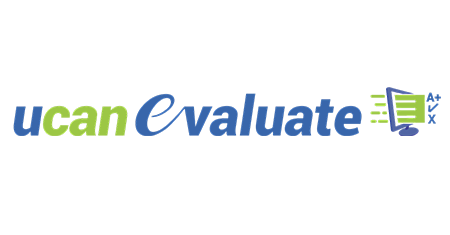Digital evaluation, with its efficiency and speed, is transforming assessment practices across educational institutions. On-screen marking, a key component of this shift, offers numerous advantages.
Alongside these benefits, ethical considerations need careful attention to ensure fairness, transparency, and responsible implementation.
- Bias and Algorithmic Fairness:

One major concern lies in the potential for bias within on-screen marking systems. Algorithmic bias can arise from training data that reflects existing societal prejudices.
For example, an algorithm trained on answer sheets with a gender bias might unfairly score responses written by students of a particular gender.
- Mitigating Bias:
To ensure on-screen marking systems are fair and unbiased, several ethical considerations must be addressed:
- Data Diversity: Training data for marking algorithms must be representative of the student population they will assess. This includes ensuring diversity in factors like ethnicity, gender, socioeconomic background, and writing styles.
- Human Oversight: On-screen marking should not replace human judgment entirely. Educators should review flagged responses or those with low confidence scores to ensure fairness and prevent algorithmic bias from impacting student outcomes.
- Transparency in Algorithms: Understanding how the on-screen marking system arrives at its conclusions is crucial. Educators and students deserve transparency regarding the criteria and algorithms used to evaluate responses.
- Accessibility and Equity:
Another ethical concern is accessibility. Not all students have equal access to technology or possess the digital literacy required for on-screen assessments. This creates a potential disadvantage for students from underprivileged backgrounds.
- Promoting Equity:
To ensure equitable on-screen marking:
Digital Inclusion: Institutions should provide necessary hardware, software, and training to students from diverse backgrounds to bridge the digital divide.
Alternative Assessments: Alternative assessment methods should be available for students with disabilities or those facing technological challenges. This ensures all students can demonstrate their knowledge and skills effectively.
Accessibility Features: On-screen marking platforms should include accessibility features like text-to-speech conversion, screen reader compatibility, and zoom options to cater to diverse learning needs.
- Data Privacy and Security:
Student data collected during on-screen marking is highly sensitive. Robust security measures and clear data privacy protocols are essential to prevent unauthorized access or misuse of student information.
- Ensuring Data Protection:
Several steps can be taken to protect data privacy:
- Strong Encryption: Data should be encrypted both in transit and at rest to safeguard student information from unauthorized access.
- Limited Data Collection: Only the data necessary for on-screen marking should be collected and stored. Clear guidelines on data retention and disposal practices should also be in place.
- Student Consent: Students and their parents or guardians should be informed about how their data is used in on-screen marking and their consent should be obtained before data collection.
The Ethical Responsibility of Educators:
Beyond technical considerations, educators have an ethical responsibility toward on-screen marking. Educators should:
- Be familiar with the marking algorithms and understand the criteria used to evaluate student work.
- Be prepared to offer feedback and guidance on flagged responses or those with low confidence scores from the marking system.
- Advocate for responsible implementation of on-screen marking, ensuring that it complements, rather than replaces, effective teaching practices.
Conclusion:
On-screen marking can be a valuable tool in digital evaluation. However, responsible implementation and adherence to ethical principles are crucial to ensure fairness, transparency, and positive outcomes for all students.
By acknowledging and addressing potential ethical challenges, educators can leverage on-screen marking for more efficient and effective learning assessments in a truly inclusive digital learning environment.

